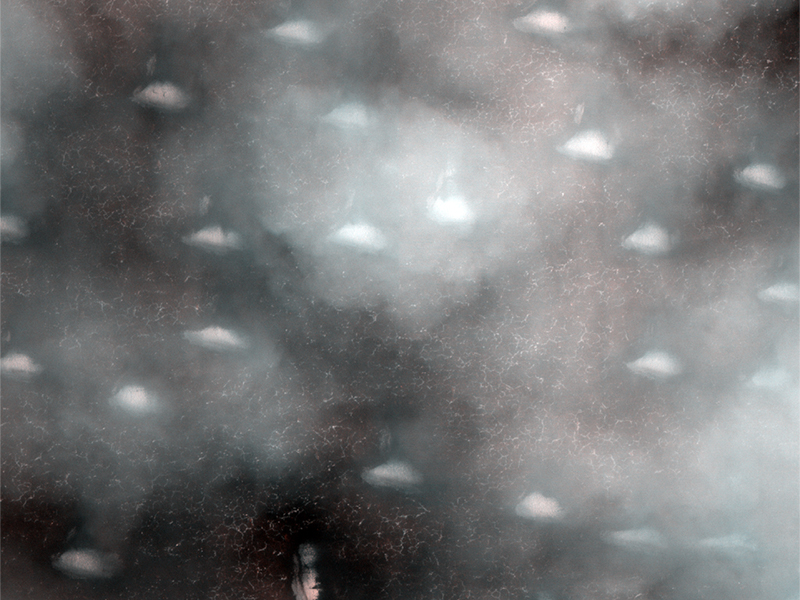Alfred McEwen wrote:Boulders on the Floor of Hellas Basin (ESP_025688_1355)
This image reveals bouldery patches on the floor of the giant Hellas impact basin.
The boulders are often crudely aligned. Maybe these boulders were deposited or sculpted by flowing ice in the form of glaciers.
Alfred McEwen wrote:Mineral Veins (ESP_025700_2005)
The bright linear features cutting the bedrock in the center region of this image look like mineral veins.
Mineral veins are sheetlike bodies of minerals formed by water that flows through fractures. The setting of this image is the central uplift of a large (approximately 50-kilometer diameter) impact crater, where deep, ancient bedrock was uplifted about 5 kilometers and fractured. Heat from the impact melted ice in the Martian crust, creating a hydrothermal system. This could have been a habitable environment.
A small mineral vein was recently discovered by the Opportunity rover at Endeavour Crater.
This is a stereo pair with ESP_025766_2005.
Alfred McEwen wrote:Magical Mystery Mound (ESP_025729_1305)
How exactly these strange landforms came to be is a mystery. It probably isn't magical, but the catchy Beatles-era title did get you to read this caption.
The contorted material sits on the floor of a degraded impact crater. It has some bizarrely grooved textures that show up nicely with the low-sun illumination (with the Sun approximately 7 degrees above the horizon). We've seen this texture elsewhere on Mars, so a systematic study might lead to a good hypothesis about its origin.
The color data reveals some bluish material-- seasonal frost that is just starting to accumulate here in late fall.
Candy Hansen wrote:A Cloudy Day (ESP_025914_2540)
Mars occasionally has cloudy weather. We intended to take a picture of the bright ice-covered dunes that are faintly visible through these thin clouds, but weather forecasting on Mars is just as challenging as on Earth.
Where the clouds are thin, the remaining bright winter ice is visible, protected in shallow grooves on the ground, in addition to covering the dunes.
Credit: NASA/JPL/University of Arizona
<< Previous HiRISE Update



